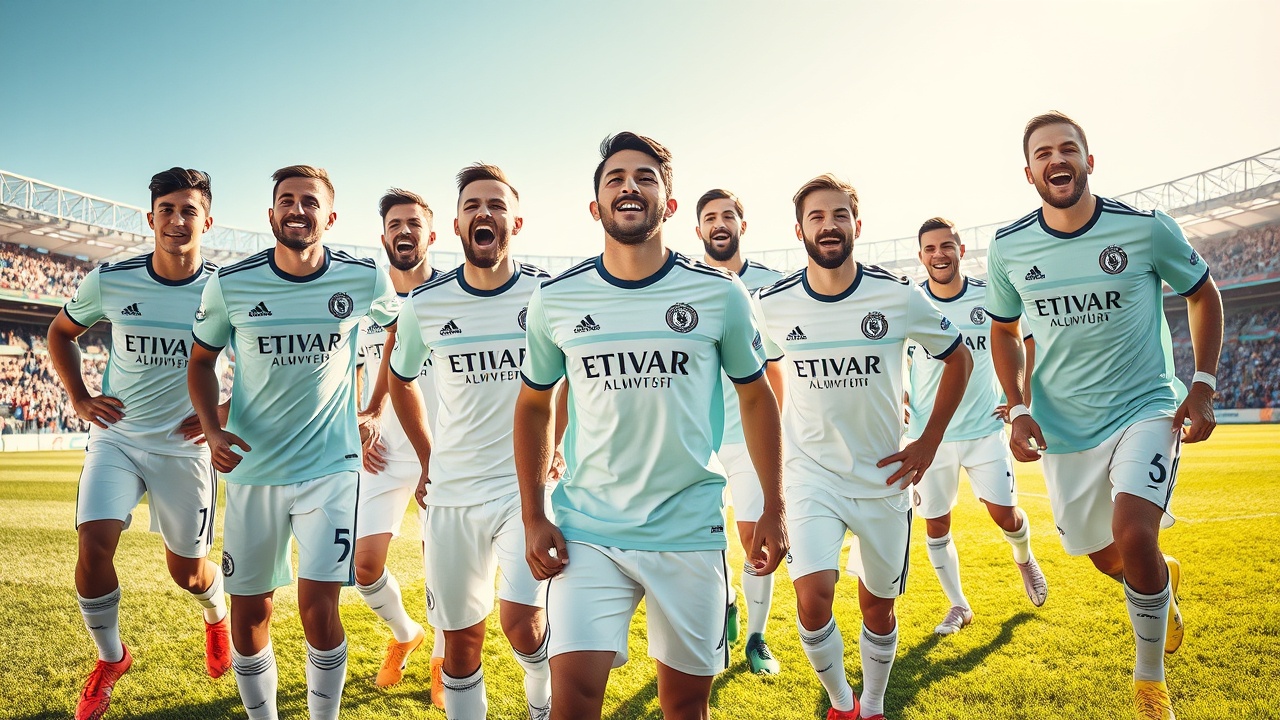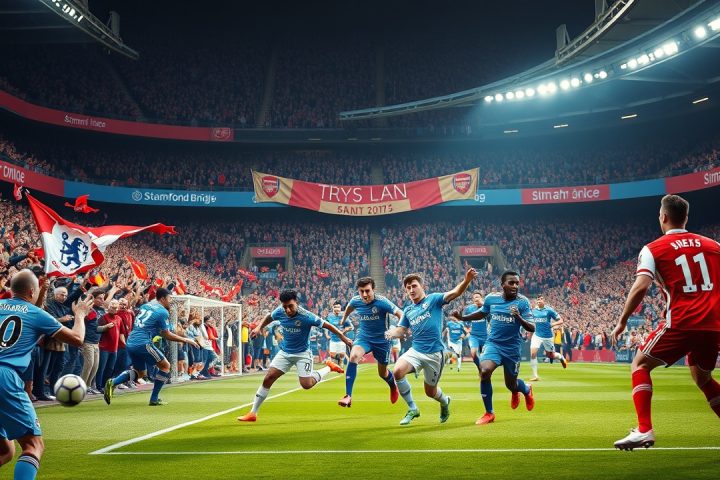Premier League Transfer Window Overview
In a significant surge of activity in the January transfer window, Premier League teams collectively invested £370 million—an increase from the previous year’s £100 million. Manchester City played a pivotal role in this spending spree, contributing a hefty £180 million on top-tier talent. Despite this leap, the current expenditure remains far behind the 2023 record, which reached a staggering £815 million. As fans look ahead, they wonder whether the summer window will see a continuation of this trend in high-value transfers.
New Phased Transfer Window
For the first time, the upcoming transfer window will be divided into two phases, a change prompted by the scheduling of the Club World Cup. Initially, it will be available from June 1 to June 10, pause for six days, and then reopen on June 16. Moreover, international transfers that do not involve teams participating in the Club World Cup, as well as free transfers, won’t be processed until July 1, setting the stage for a unique season ahead.
High-Profile Player Transfers
Notably, several high-profile moves have already taken center stage. AFC Bournemouth earned an impressive grade of ‘A’ following their quick negotiation for Dean Huijsen, who has recently garnered attention for his dazzling performances in the Premier League. Real Madrid quickly secured Huijsen’s services from Bournemouth, utilizing a £50 million release clause. His ability to maneuver the ball and his two-footed skills have drawn comparisons to a young Gerard Piqué, making him one of the most sought-after young defenders today.
Meanwhile, Chelsea received a ‘B+’ grade for their dual acquisition, which included 18-year-old winger Geovany Quenda for a fee of €52 million, alongside the promising Essugo. Although lesser known than Quenda, Essugo has displayed compelling talent since debuting in the Champions League at just 16 years of age, enhancing Chelsea’s youth prospects.
In a strategic move, Liverpool has managed to replace Trent Alexander-Arnold with Jeremie Frimpong in an ‘A’ grade transaction. Acquiring Frimpong for €35 million reflects Liverpool’s intention to shore up their ranks in a position that demands versatility. On the other hand, their earlier dealings have allowed them to offset losses from academy graduate Alexander-Arnold’s impending departure to Real Madrid, which received an ‘A’ grade for its financial prudence despite concerns over the fit.
Bayer Leverkusen also finds itself in a tough spot, losing Frimpong just when he has hit his stride. Their performance in this transfer landscape highlights the competitive nature of securing talent at the highest levels of football.
Chelsea’s investment in Brazilian prospect Estêvão—with a potential deal escalating to €67 million—demonstrates their commitment to investing in future stars, following Neymar’s appraisal of the player as a future genius.
Lastly, Bayern Munich’s acquisition of defender Tah from Bayer Leverkusen received a grade of ‘B-‘, reflecting confidence in his ability to resolve existing defensive weaknesses. However, with significant wages and signing bonuses involved, the club must ensure Tah’s contributions meet expectations over time.
Conclusion
In conclusion, as the football world awaits the next phase of transfer activity, it is evident that clubs are adapting strategies, balancing youth with experience, and preparing for a competitive future alongside their financial investments. The upcoming summer window promises to be just as intriguing.




